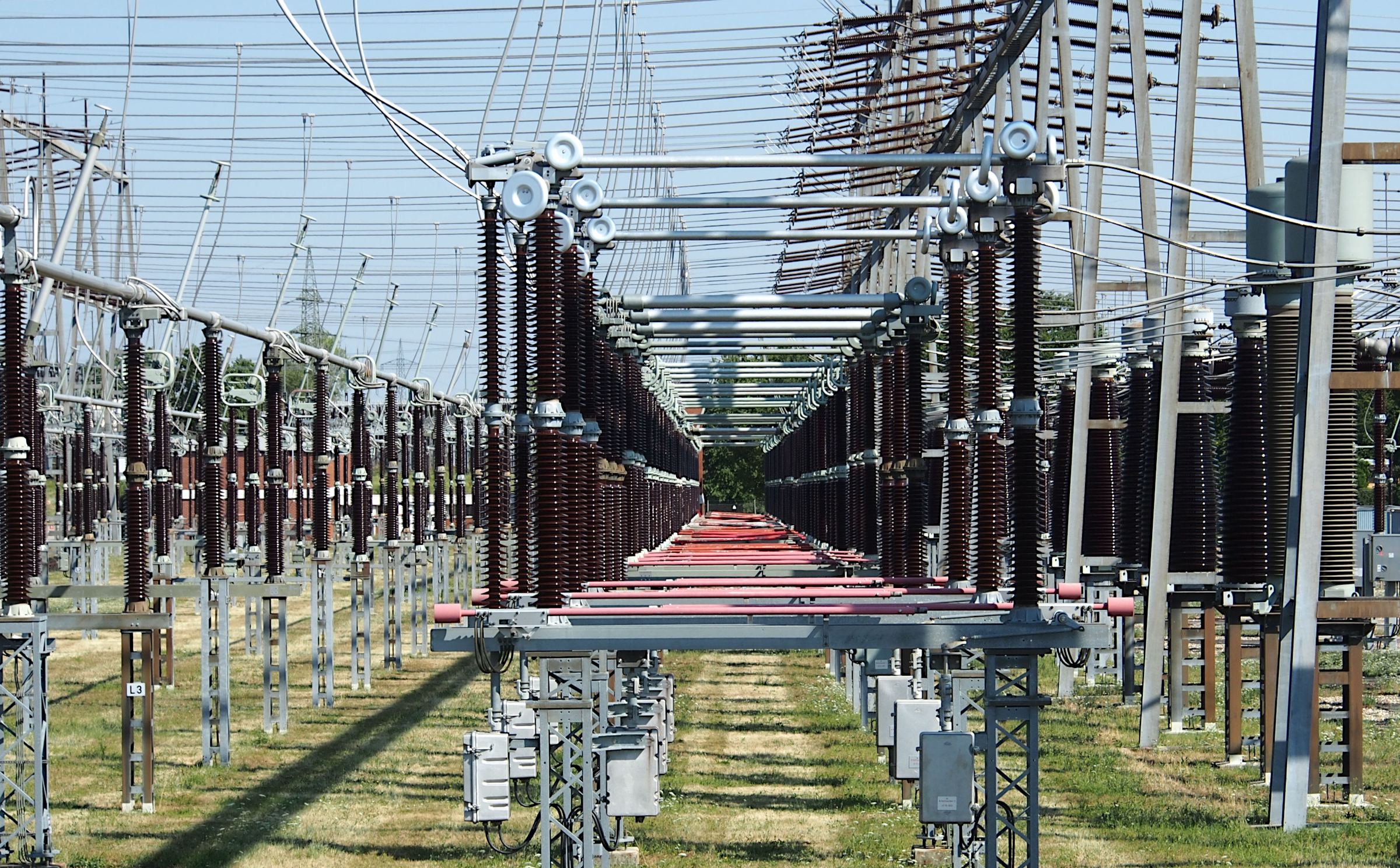DROUGHT AND HEATWAVES ASSESSMENT IN DISTRICT SWAT USING CMIP6 UNDER CLIMATE SCENARIOS
Keywords:
Climate change, SSPS, CMIP6, SPIAbstract
This study observed the trends and forecasts the droughts and heatwaves of District Swat, Pakistan on the basis of observed data and 10 CMIP6 Global Climate Models (GCMs). Droughts were characterized in the form of Standardized Precipitation Index (SPI-12) and heatwaves using a threshold-based approach of 5, 7 and 10 days of consecutive occurrences, with moderate and severe heatwaves maximum temperature thresholds of 40 and 45 degrees Celsius, respectively. The SPI trend analysis showed non-significant decreasing tendency in observed data, with Kendall tau of -0.0306 and p value of 0.396, and so there is possibility of increase in the risk of drought. In the SSP2-4.5 scenario, the trend was not significantly increasing either, the tau value was 0.0256, and the p- value 0.225. In comparison, the SSP5-8.5 scenario depicted a steady rise, statistically significant at p<0.000 and a tau of 0.1848, indicating that the probability of a potential decrease in long-term drought severity in high-emission future is present. The SPI classification indicated that most drought values remained within the range of –2 to +2, representing conditions from moderately dry to moderately wet. In case of heatwaves, moderate events were only estimated to be more frequent under SSP5-8.5, especially in the far future, and 5-day heatwaves would be more numerous than 7-day or 10-day heatwaves. Observed, SSP2-4.5, and SSP5-8.5 datasets found no severe heatwaves, or consecutive days whose average temperature exceeds 45 degrees Celsius. These results emphasize the increasingly dangerous nature of heat-related extremes and drought variability in Swat, with the necessity of early warning programs, climate-resilient infrastructure, and adaptation planning to reduce the future climatic hazard particularly in this region.
















